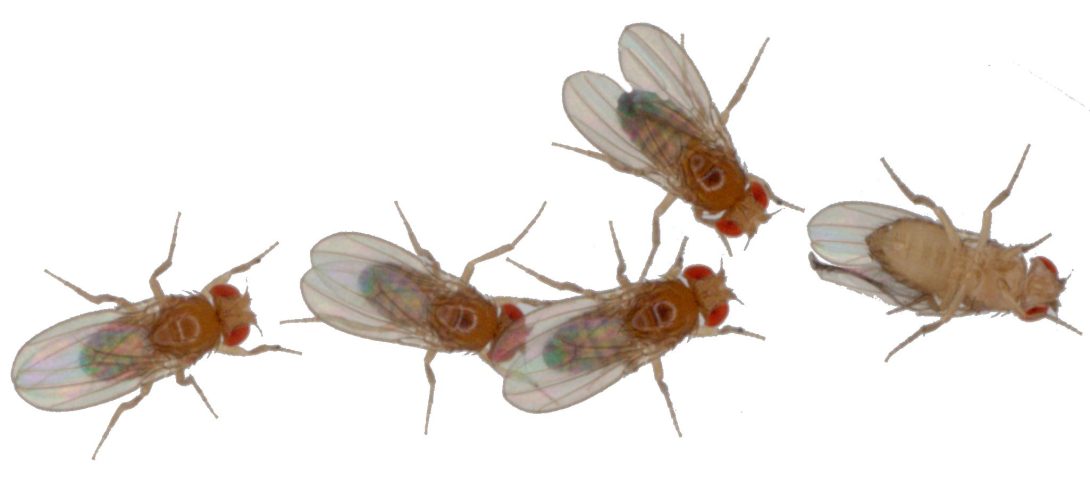Genetics: Investigating the ‘degrees of kevin bacon’ gene
A gene that regulates the structure of social networks in fruit flies — named after the actor Kevin Bacon — is described in Nature Communications.

Most of us have at least one “go-to” person that we contact when we need restaurant recommendations, prospective job opportunities or information about upcoming events. This person may not, themselves, know the answers but likely knows someone who does. They are the gatekeeper between you and people that you do not personally know, and they have access to information that you wouldn’t otherwise be able to attain. One way to study connections like these is to employ the use of social networks.
In social networks, individuals are connected, and the web of interactions can be quantitively assessed to characterize a group and the roles of individuals within it. One network property, called betweenness centrality, can be loosely thought of as a “gatekeeper score” and indicates the importance of an individual for the flow of information throughout the network. But what dictates an individual’s role in a social network? What determines whether you’re a gatekeeper? Evidently, it’s your genes.
It has long been theorized that there is genetic component to betweenness centrality in humans and other animals. Now, a paper published in Nature Communications shows that a gene in fruit flies (called dokb for “degrees of kevin bacon”) regulates the betweenness centrality of fly social networks. This gene, named after the popular parlour game whereby players trace social connections of celebrities back to the famous actor Kevin Bacon, provides tangible evidence that the structure of a social network and the roles of individuals within a network are, at least in part, genetic.

Rebecca Rooke, Postdoctoral Fellow in the Levine Lab at UTM Biology and colleagues show that two different strains of fruit flies exhibit social networks with different betweenness centrality. By swapping just the dokb gene from one strain to the other, the researchers can alter the social networks of one strain to look like that of the other strain. They show that the level of dokb expression correlates with network betweenness centrality, and that the gene is expressed in a brain region important for learning and memory in the fly. Although this gene has only been identified in flies, the authors speculate that the molecular pathways and/or cell circuitry that dokb is involved in is likely conserved in other animals, including humans.
